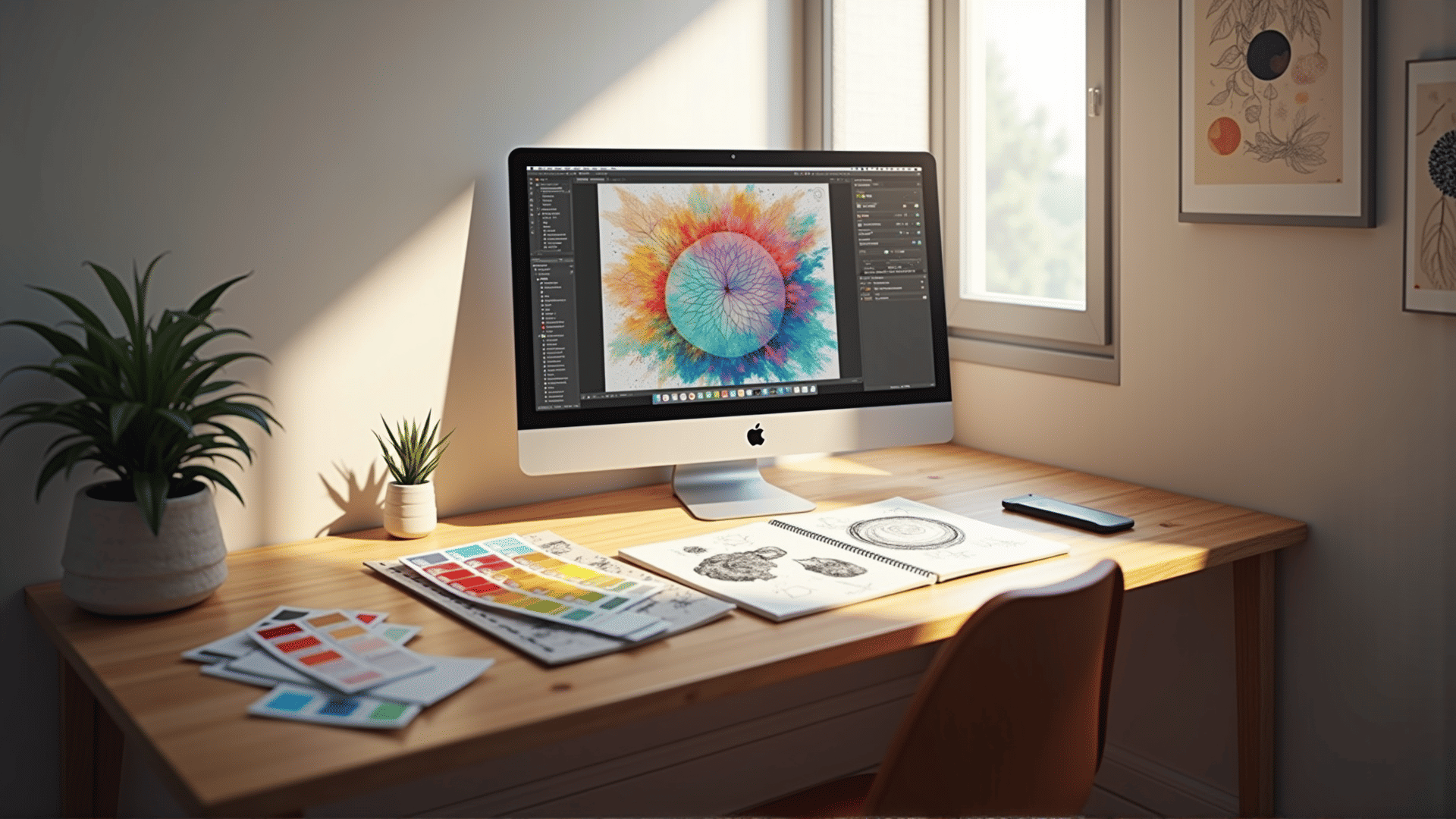Visual aesthetics are a cornerstone of what makes art and composition compelling and delightful. The essence of visual pleasure can be distilled into various elements that, when combined effectively, create harmony and beauty. Among these elements, balance, contrast, and movement play pivotal roles in guiding the viewer's eye and evoking emotion.
Balance refers to the distribution of visual weight within a creation. It can be symmetrical, where elements are mirrored to create a sense of formal stability, or asymmetrical, where various components are arranged to create a dynamic equilibrium. Symmetrical balance conveys order and tranquility, while asymmetrical balance allows for more dynamic interplay between objects or colors, often resulting in a more engaging experience.
Contrast, another essential element, involves juxtaposing different elements to highlight their differences. This can involve light against dark, large against small, or textured against smooth. Contrast draws attention and helps to create a focal point, guiding the viewer's gaze to critical areas. It is often through the use of contrast that tension or drama is introduced, adding depth and interest.
Movement, while intangible, is vital in guiding how the viewer's eye travels across a piece. It can be achieved through lines, shapes, or color transitions that suggest motion or flow. Movement ensures that the viewer's experience is dynamic, leading them on a visual journey. This element can also imply action or a narrative, encouraging viewers to engage with the piece on a deeper level.
Together, balance, contrast, and movement form a triad that can lead to a coherent and compelling composition. By mastering these elements, one can create work that resonates with emotion and meaning, transforming simple visual components into a captivating whole. Understanding and applying these foundational aspects provides a strong basis for creating aesthetically pleasing visuals that resonate with audiences on a profound level.
